4,000-Year-Old Rock Art Uncovered in Venezuela May Be From a Previously Unknown Culture
Researchers working in Venezuela’s Canaima National Park believe they have uncovered evidence of a previously unknown ancient culture, which is piquing the interest of archaeologists and historians throughout the nation.
The team discovered dozens of rock art sites full of intricate designs that may date back thousands of years. Researchers hope further analysis of the art will shed light on the lost civilization that once thrived in the region.
Canaima National Park
Located in Venezuela’s Bolívar State, Canaima National Park is an enormous region comprised of thick forests and mountainous terrain about the size of Belgium.
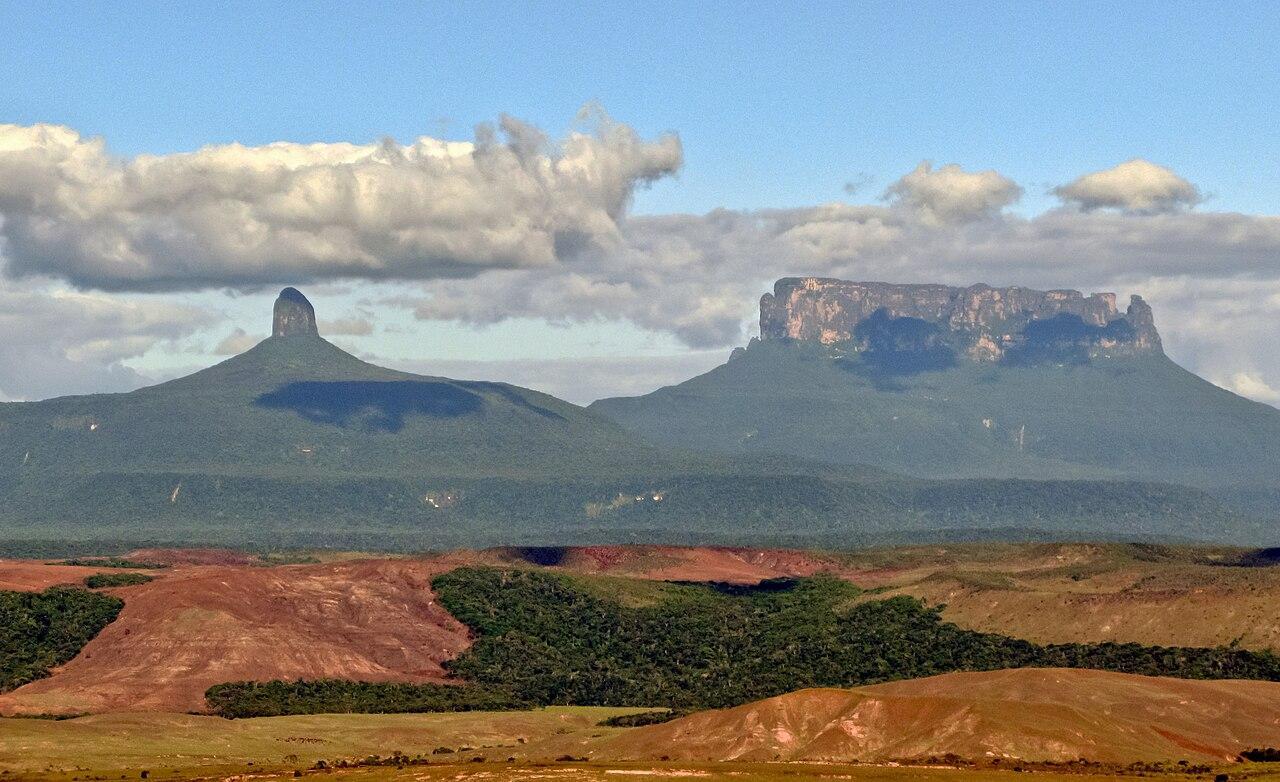
Source: Wikimedia
A team of archaeologists had been scouring the region when they made a miraculous discovery that could change everything they thought they knew about this park.
20 Rock Art Sites Discovered in National Park
The archaeologists found at least 20 unique rock art sites in Canaima National Park, which is located in the southeastern portion of the country.
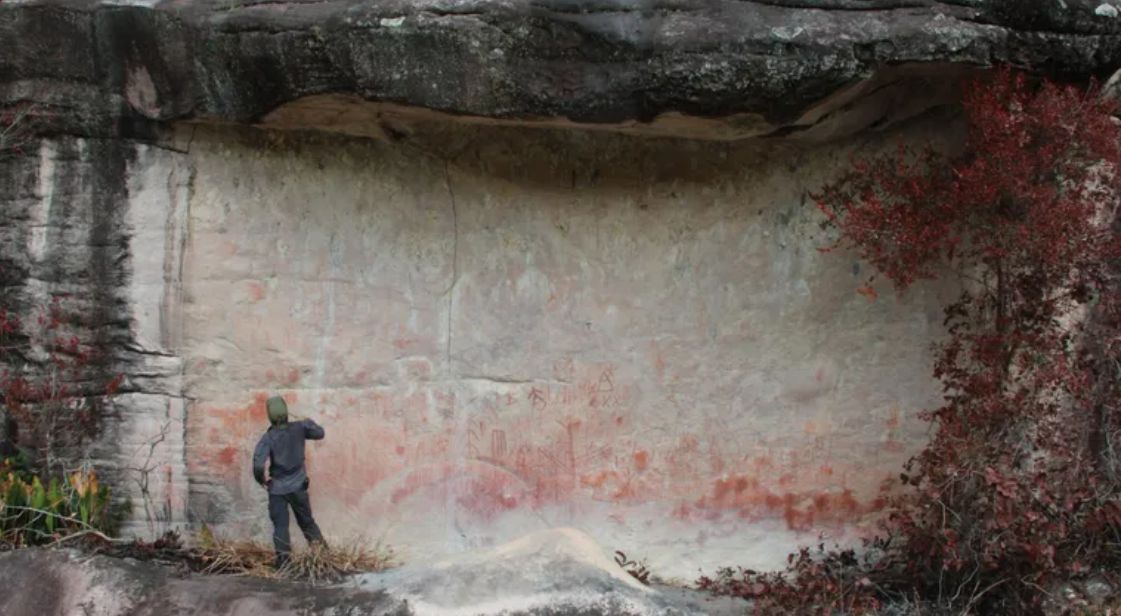
Source: José Miguel Pérez-Gómez
Despite similar rock art sites appearing in other parts of South America, José Miguel Pérez-Gómez, who led the team of archaeologists, explained that the sites in Venezuela “represent a new culture previously unknown.”
The Art on the Walls
Spread across the 20 or so sites is a unique form of art known as pictograms, which feature geometric shapes, including rows of X’s and dotted lines, patterns, and interconnected straight lines.
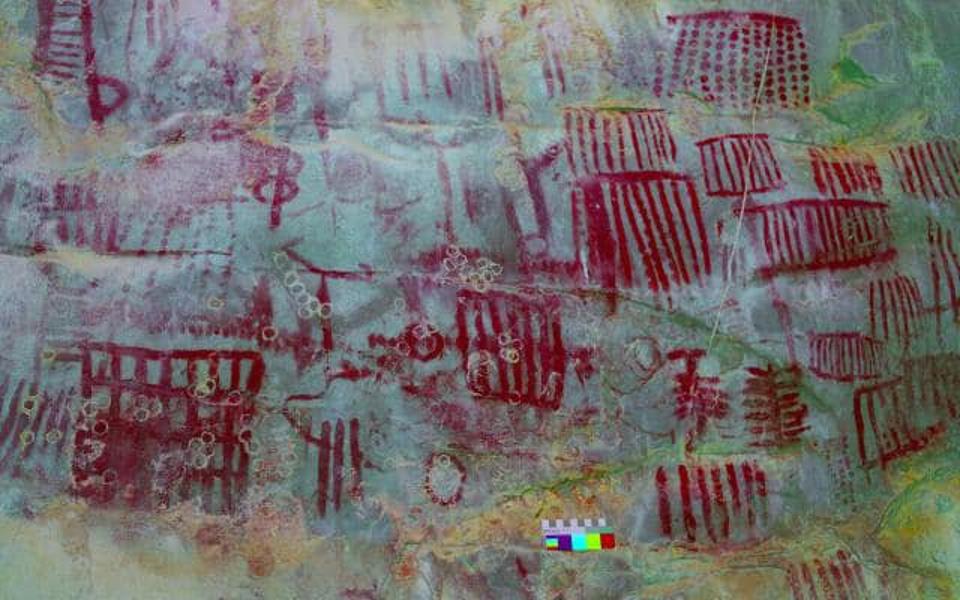
Source: José Miguel Pérez-Gómez
The art was painted in a vivid red color, which allows researchers to make out the depictions even today, thousands of years after they were first drawn.
Dating of the Ancient Artwork
There are also more unique designs, some of which appear to depict stick figures and tree leaves. These were etched into the face of the rock and featured varying geometric patterns.

Source: Freepik
Based on initial estimations, researchers suggest the art is around four thousand years old and resembles similar paintings from Brazil and Columbia. However, the origins of the group that completed the artwork remain a mystery.
Lost Civilization in the Venezuelan Park
During an interview with the Daily Mail, Pérez-Gómez, a researcher at Simón Bolívar University in Caracas, explained that previous studies conducted in the park produced no evidence of human activity.
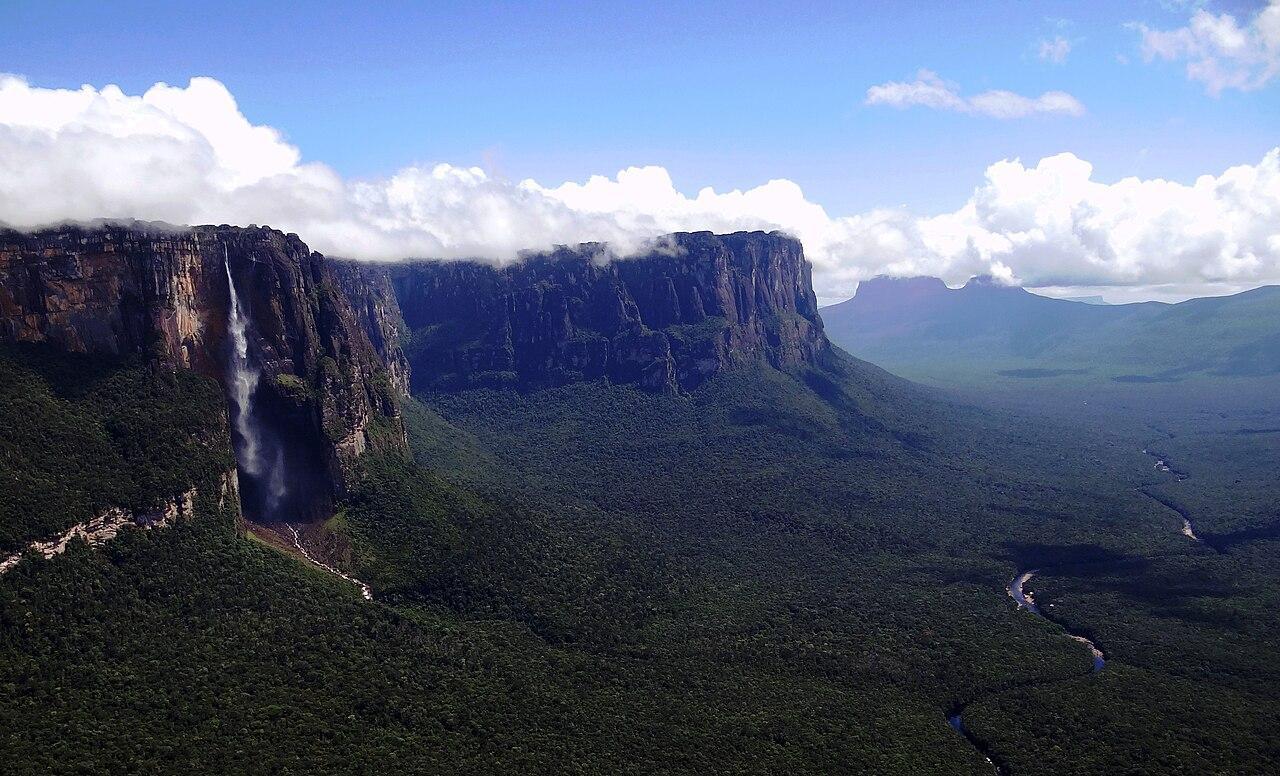
Source: Wikimedia
This led researchers to conclude the art was made by a lost civilization that once lived in the region.
The Emergence of the Lost Culture
Speaking on the difference between the newly discovered group who once lived in the park and other pre-Hispanic Venezuelan groups is based “On stylistic comparisons to other places in the region,” explains Pérez-Gómez.
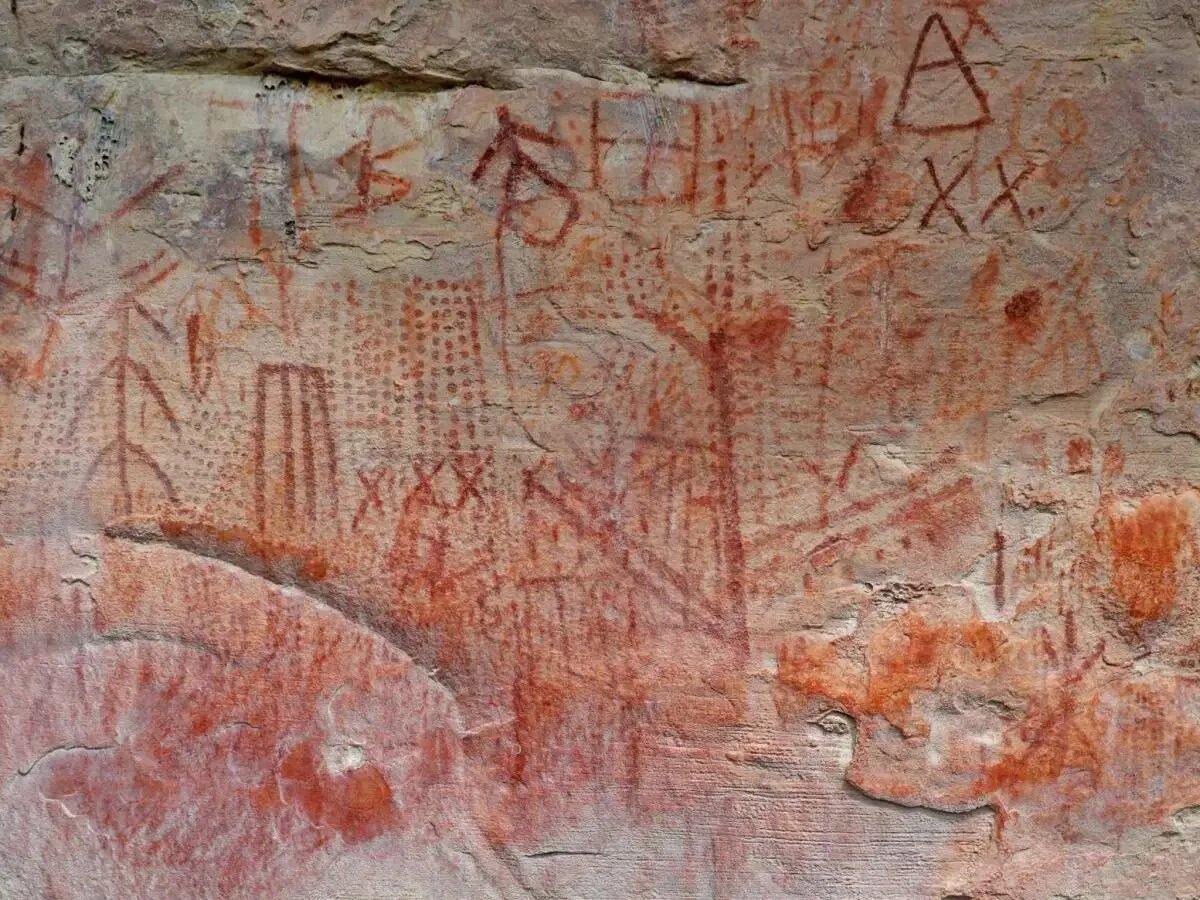
Source: José Miguel Pérez-Gómez
This led the researcher to suggest the park may be “Ground zero for the emergence of this culture.”
Hunter-Gatherers in Canaima National Park
Pérez-Gómez expanded on this idea by suggesting that the group responsible for the rock art may have migrated to the region over 10,000 years ago.
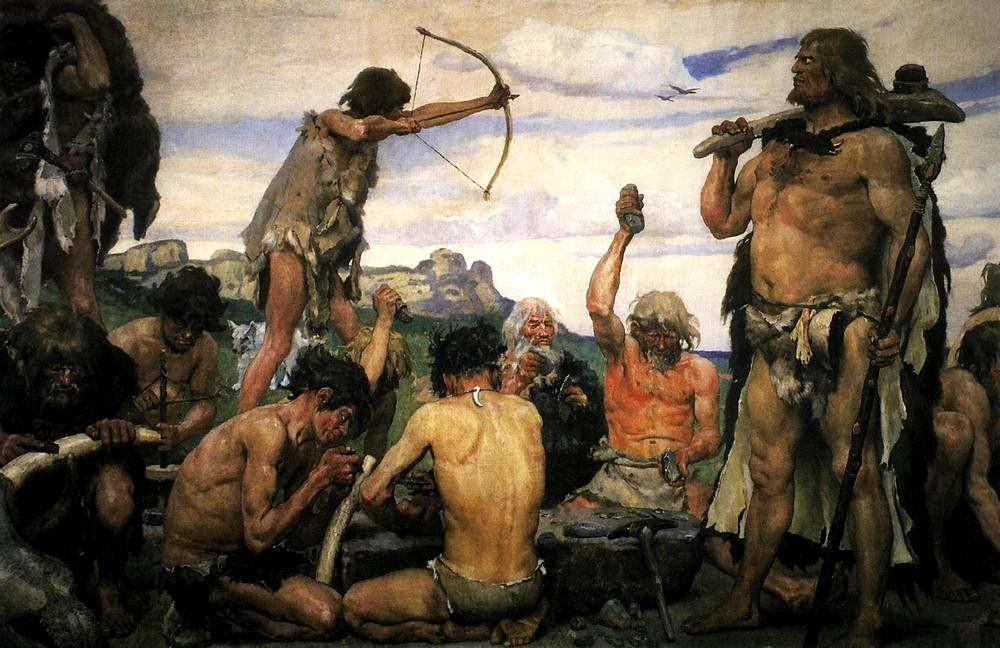
Source: Wikimedia
“What we are seeing is a new culture of hunter-gatherers who likely arrived in the Canaima National Park area at the end of the Pleistocene, which lasted from between 2.5 million and 11,700 years ago,” Pérez-Gómez said.
Why Did Ancient Peoples Create Rock Art?
Researchers have meticulously studied the artwork in the Venezuelan park in an attempt to discern its meaning, if any.
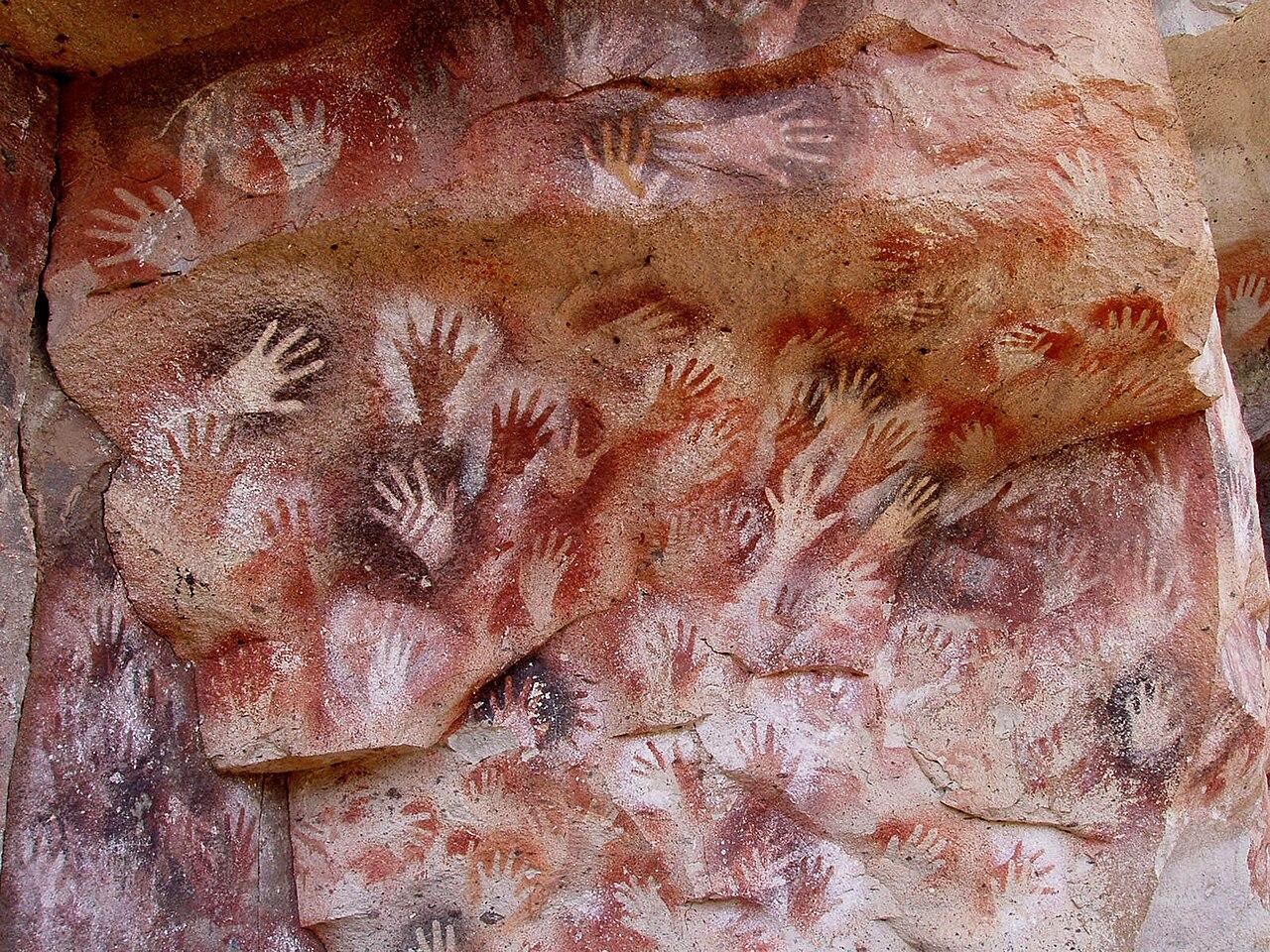
Source: Wikimedia
Theories have proposed that the artwork is associated with topics such as nature, ethical hunting, illness, and childbirth. It’s possible the rock art sites were even considered sacred by the ancient inhabitants.
The Impossible Task of Getting Into the Minds of Ancient Groups
In an email sent to Live Science, Pérez-Gómez explained, “It is almost impossible to get into the minds of people living so many [thousands of] years ago.”
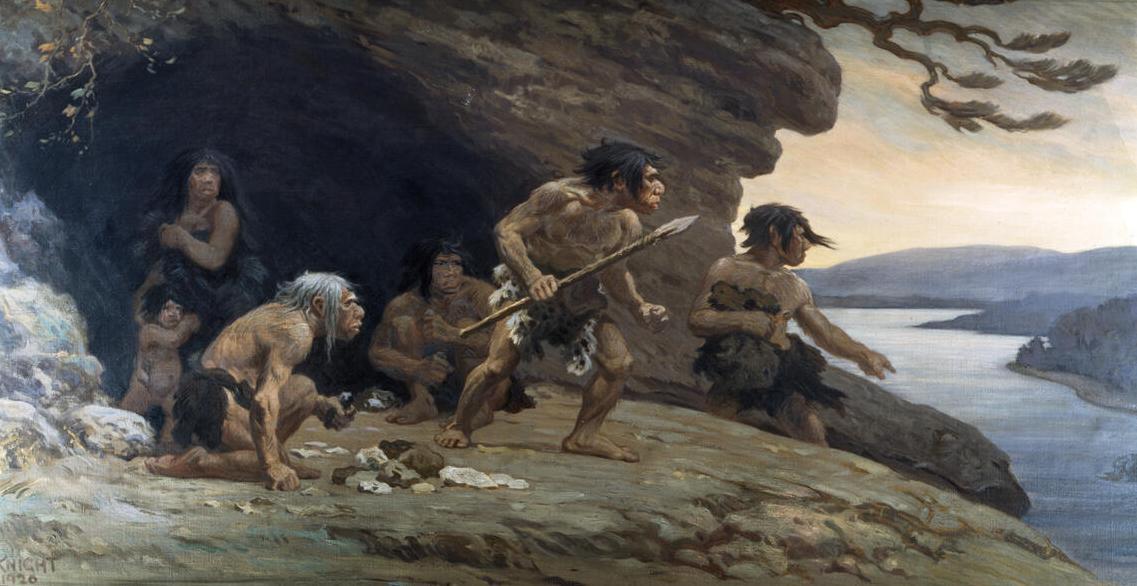
Source: Wikimedia
He noted the importance of the region, adding that “definitely these signs had a ritual meaning.”
Ceramics and Stone Tools Discovered in the Vicinity
Pérez-Gómez and his colleagues also discovered the remains of various ceramic and stone tools in the vicinity of the 20 rock art sites.
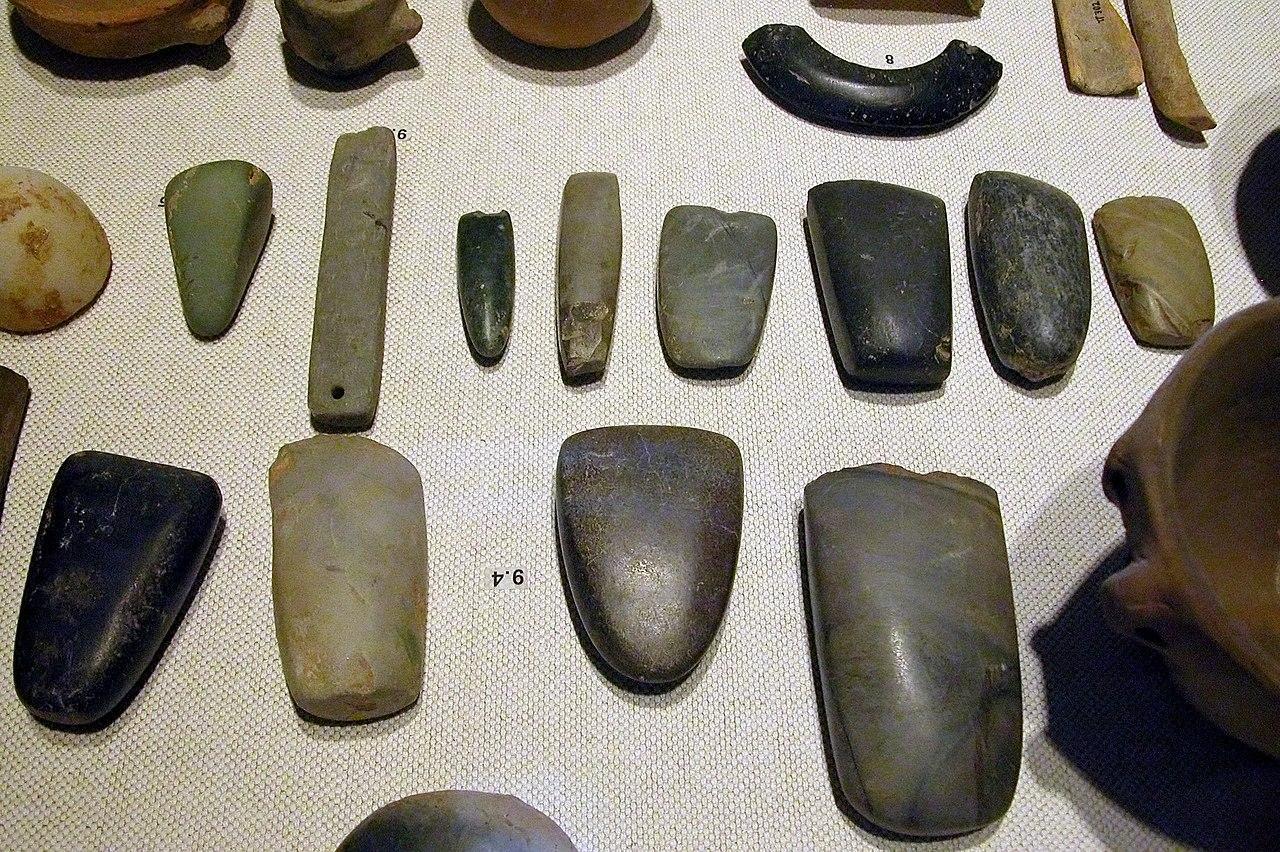
Source: Wikimedia
They have since theorized that these tools may have been used by the host culture that lived in Canaima National Park. However, they admit that more research is required to confirm this.
Unique Culture Spreads Out From Canaima National Park
The researchers postulated an idea, suggesting that the Canaima National Park was where this unique culture first flourished before venturing to other parts of South America, including the Amazon River, the Guianas, and southern Columbia.
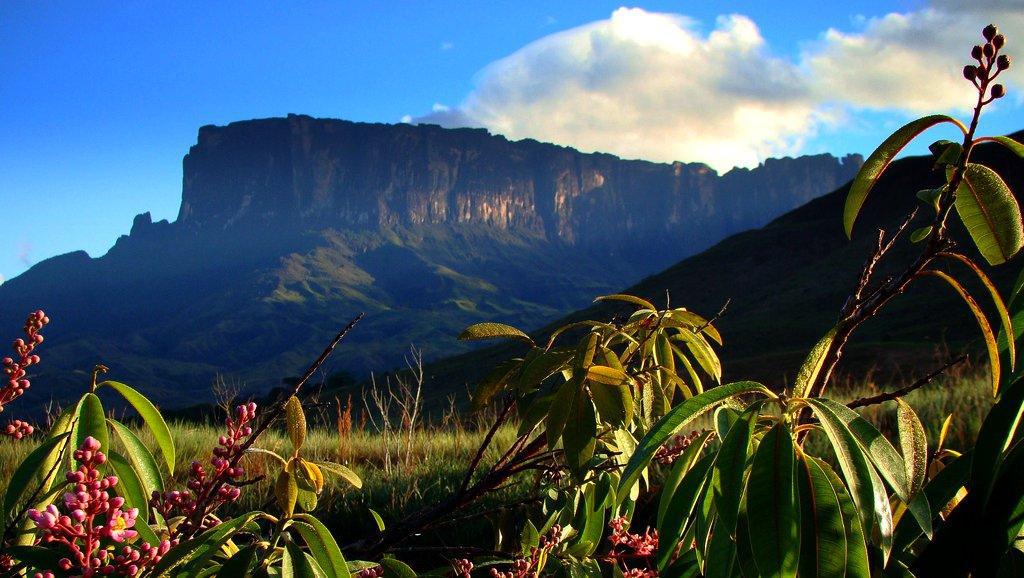
Source: Wikimedia
The archaeologists will continue exploring the rock art sites in the park, hoping to find further evidence that could help them uncover the secrets of this mysterious culture and the broader impact they may have had on South America.
